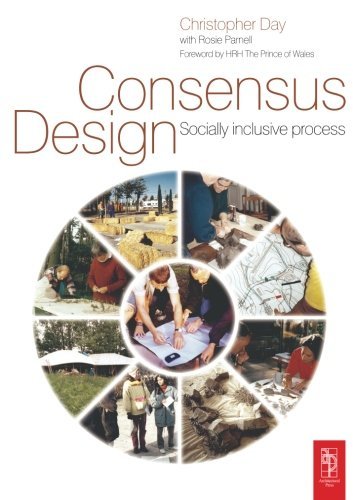What do you think?
Rate this book


- Learn how to carry out 'inclusive design' and gain the edge over the competition when bidding for work
- Illustrations of an international range of case studies demonstrate how consensus projects evolve in practice
Consensus Design offers a practical step by step guide to co-design; an increasingly important consideration for architects as they compete for work.
The text moves from identifying the methodology of the process to developing a series of principles and practical steps which illustrate how consensus design can be established.
For easy reference, flow charts show the process of achieving consensus design and include variations for different types of project and different groups of people. It gives clear timings so that agreements can be reached within a specific time frame, and also features a number of case studies to illustrate consensus design principles in practice. Case studies include projects in the UK, US, and Sweden.
Author Biography: Christopher Day is a design consultant, architect and sculptor. He was formerly a visiting professor to Queens College, Belfast.
Rosie Parnell, BA (architecture) DipArch is a part-time tutor in architecture at the University of Sheffield and researcher into environmental aspects of architecture.
222 pages, Kindle Edition
First published October 29, 2002